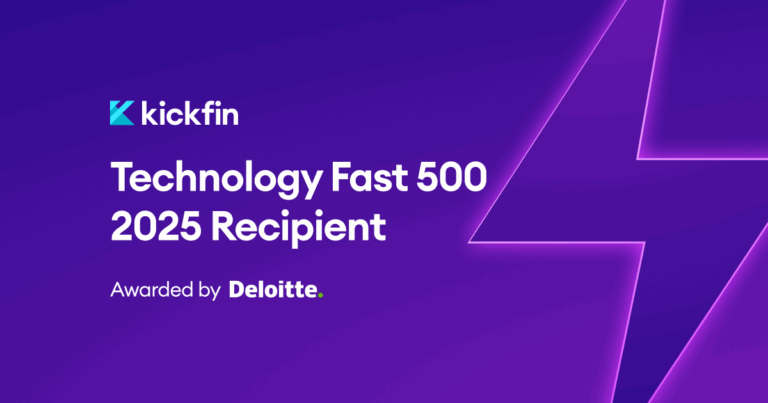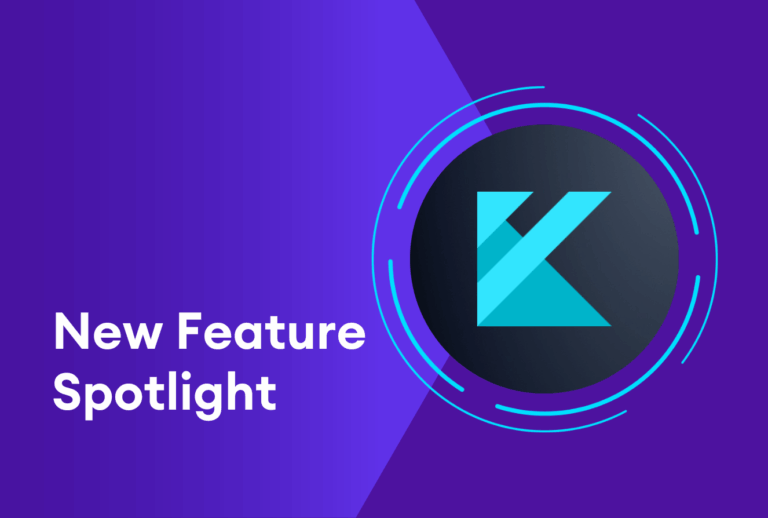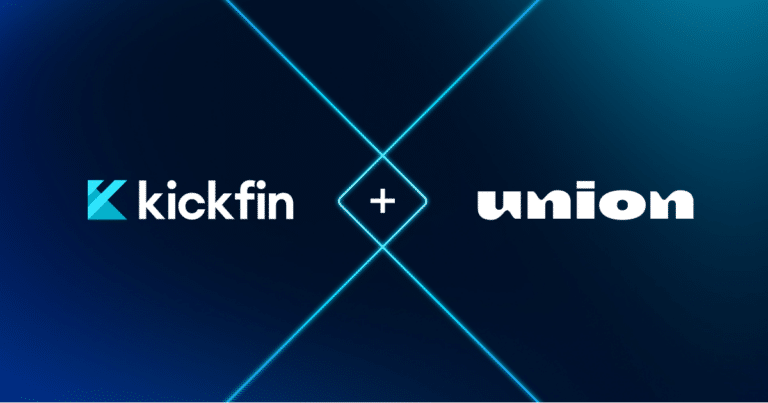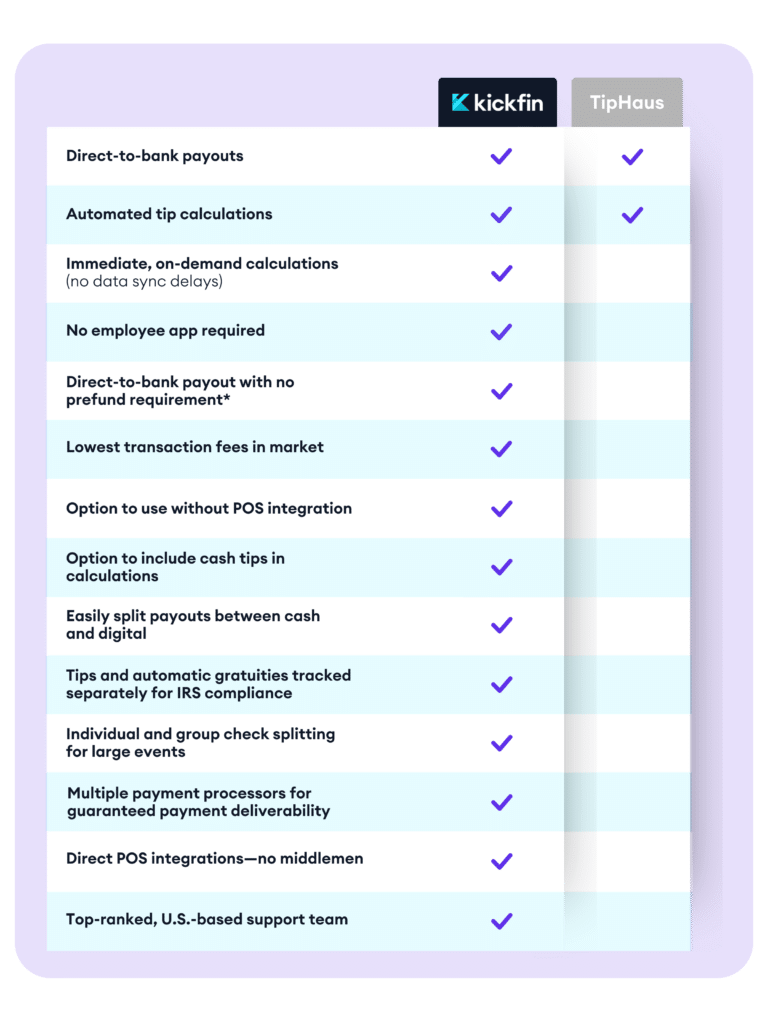How are pizza restaurant operators adapting to new technology and taking their businesses to new heights? Ask Steve Green.
If you haven’t seen this year’s Pizza Power Report, you’re in for a surprise. Independent pizza restaurants experienced explosive growth, outpacing their big-chain competitors. We sat down with Steve Green, founder and publisher of PMQ magazine, to talk about the reasons behind independents’ success last year — and how they’ll continue to take off in 2023 with the help of new tech.
Can you define an independent pizza brand and how they differ from a larger chain?
People always ask that and I used to be somewhat uncomfortable with the answer until I just went along with the crowd. According to the companies that do a lot of this research, independent pizza restaurants mean you have fewer than 10 locations. Once you hit 10 stores in a restaurant group, you can define that as a chain.
What kind of challenges are pizza restaurants facing? And how are independents addressing them differently than larger chains?
Labor is the biggest challenge, and of course, adopting technology is a challenge. But there are great solutions coming up, like the evolution of local RDS companies popping up — think: local DoorDash or GrubHub. One way to address the labor problem is by outsourcing delivery to these services.
I’m a former Domino’s franchisee, and it was pretty easy to just follow the program. But problem-solving as an independent is a really tough job. The thing is, 60% of all pizzerias in the US are owned by an independent, so that’s where most of the people are. Independents have been doing things out of an instinct to survive, so that’s where you see most of the creativity and action.

“…Problem-solving as an independent is a really tough job.”
There’s no question about it — things have really changed. Domino’s said they were a technology company eight years ago, and they’ve made it so competitive that our whole industry has become a technology business. I’m pretty optimistic about the independents’ chances, though. I’m surprised by how adaptable they’ve been, and they’ve benefited from the army of technology companies like Kickfin that are helping solve problems. It‘s a great time to be an independent.
Do you believe independents are using tech more creatively than the bigger chains?
Yes, definitely. We’ve been following Andrew Simmons, owner of Mama Ramona’s in Ramona California, and I just love this guy. In the last three months, he’s made a commitment to showing the pizza industry how technology can really make a difference. He decided not to hire any more staff than his current 18 employees, and yet he’s on his way to doubling sales.
He’s introducing robotics, including robotic vacuum cleaners and a Picnic robotic pizza maker. He also switched from a legacy POS system to something that allows more online ordering and automation. He’s tearing down walls, remodeling his kitchen, and ordering a new Hot Rocks pizza oven. And of course, he’s outsourcing labor. His whole idea is that he can reduce the cost of making pizza and let his customers know that they’re getting real value and more pizza for their money. He’s going for the gold, living the dream.
How else can independents keep up with rising food and labor costs without alienating their customers?
I’ve seen a lot of people reminding their customers that they’re an independent pizza restaurant. They care about pizza as more than just a commodity but a part of their community. Independents have an obligation to play the personality card, use showmanship and authenticity that a chain can’t offer in their communications and social media. They need to remind customers that they aren’t choosing to raise the price but that prices are rising from the roots.

“I’ve heard more positive stories than negative ones about customers accepting price increases for pizza that they feel is above average and special.”
How can independents stay competitive in the labor market?
I know that a lot of independents already pay more than a bigger chain would, but how do they do it? It takes a bit of creativity.
When I had a Domino’s franchise in Marin County California – the richest county in California during the ‘80s – it was hard to find drivers (and when you did some of them would be driving BMWs). After we were up and running, I ended up spending my marketing dollars on hiring efforts instead of, you know, telling people about how great Domino’s was. I cut radio ads, I did box topping, I did door hanging, and if I was still in it today, I would be using social media.
My message was that we’re a fun place to work and could use some help. Then I’d introduce you to a driver to tell you what she likes about working at this Domino’s — that she likes to drive and listen to the radio and that it’s about more than the money. This strategy might be something that independents can get away with more so than a chain could these days.
In spite of rising costs and labor shortages, how did independent pizza restaurants manage to grow so much in 2022? Do you expect the trend to continue in 2023?
Yeah, it’s interesting. Most of the time it’s the chains that have the muscle to keep growing. The pizza industry is a mature industry in that there’s always growth.
One theory is that the number of new businesses that opened in 2022 outpaced the number of businesses that went under, giving the appearance that independents grew much more. It could be regrowth from the destruction we saw in the past three years of business. But I’ve also heard a number of people say that maybe the independents weren’t necessarily growing extra fast but that the chains are looking at the risky environment and opting not to grow as aggressively.
On the other hand, you always have new people who want to get into the pizza business who bring new enthusiasm to the industry. It’s like a volcano, always bubbling up with hot, new ideas. And you end up with a steady stream of people coming in to make better pizza and offer a better pizza experience.
Are there any specific trends we should expect this year from both independent and chain pizza restaurants?
That’s always the big question. It’s probably going to be working with less on the labor side and leaning into automation. But it’ll also be creating an experience that seems like it’s not automation — keeping the humanity while also becoming more efficient.
On the consumer side, great pizza at a fair price will just never get old. When you look at the bottom line, that’s always what’s driven the industry.
Do you have any advice for pizza restaurant owners?
Stay on top of new technology. We’re definitely following this closely in our PMQ Think Tank, which is our online community where people in the pizza industry can ask each other questions. We’ve got 15 years of wisdom and information from our users, and it’s a great place to go when you’re just getting started in the industry.
Also, subscribe to PMQ magazine. It’s not written by us as experts but by our readers who are really connected to the industry. We spy on them through our Think Tank, we talk to them, and we do stories about them. And of course, our editor inserts some wisdom from his interviews with people in the industry. We put a lot of effort into it to show what’s really going on in pizza.






